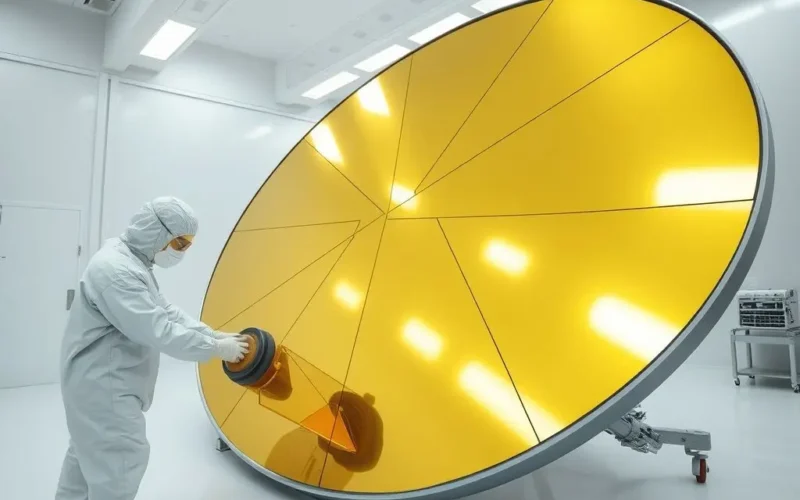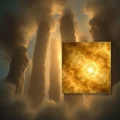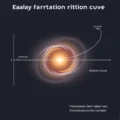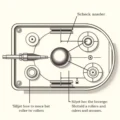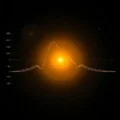When you think of space telescopes, chances are the dazzling golden mirrors of the James Webb Space Telescope immediately spring to mind. And rightfully so! JWST is an absolute marvel, pushing the boundaries of what we thought possible in peering into the universe’s distant past.
But here’s a fascinating truth: the incredible leap in cosmic understanding we’re experiencing doesn’t rest on one telescope alone. It’s built upon generations of relentless innovation, pushing the absolute limits of physics and engineering. The technology that lets us see the universe in ways our ancestors couldn’t even dream of is vast and complex, extending far, far beyond even the magnificent Webb.
It makes you wonder, what *is* this cutting-edge tech? How do we build instruments so precise, so sensitive, they can capture light that’s traveled billions of years or detect the faint heat signature of a world orbiting another star? It’s not just glass and metal hanging out in space; it’s a symphony of advanced materials, ingenious design, and extreme temperature control.
For a quick glimpse into this technological rabbit hole, take a peek at this short video:
As the video hints, the story of space telescope technology is one of overcoming seemingly impossible challenges. Let’s dive a little deeper into the specific innovations that are unlocking the secrets of star birth, galaxy formation, and maybe even alien atmospheres.
Table of Contents
Crafting Eyes for the Universe: The Science of Space Mirrors
A telescope’s primary mirror is its heart, gathering the faint light from distant objects. In space, building and deploying these mirrors presents unique hurdles.
Materials That Matter
For telescopes operating in visible and ultraviolet light, like the Hubble Space Telescope, traditional glass (specifically, ultra-low expansion glass like Corning’s ULE or Schott’s Zerodur) is used. But size and weight are major constraints for launch. Hubble’s 2.4-meter mirror, while revolutionary, was a single, heavy piece.
For larger mirrors, especially those needing to be unfolded in space (like JWST’s 6.5-meter mirror), lighter materials are essential. Beryllium is a prime example. It’s incredibly light, strong, and maintains its shape across a wide range of temperatures – crucial for the extreme cold of space. However, Beryllium is toxic and requires specialized handling and machining.
Future concepts explore silicon carbide or composite materials, offering rigidity and lightness, potentially allowing for even larger structures.
Precision Polishing and Coating
Regardless of material, the mirror’s surface must be polished to an astonishing degree of accuracy. Errors are measured in nanometers – less than a human hair’s width. For infrared telescopes like JWST, the mirrors are coated with a thin layer of gold, which is excellent at reflecting infrared light. Visible/UV telescopes often use aluminum coatings with protective layers.
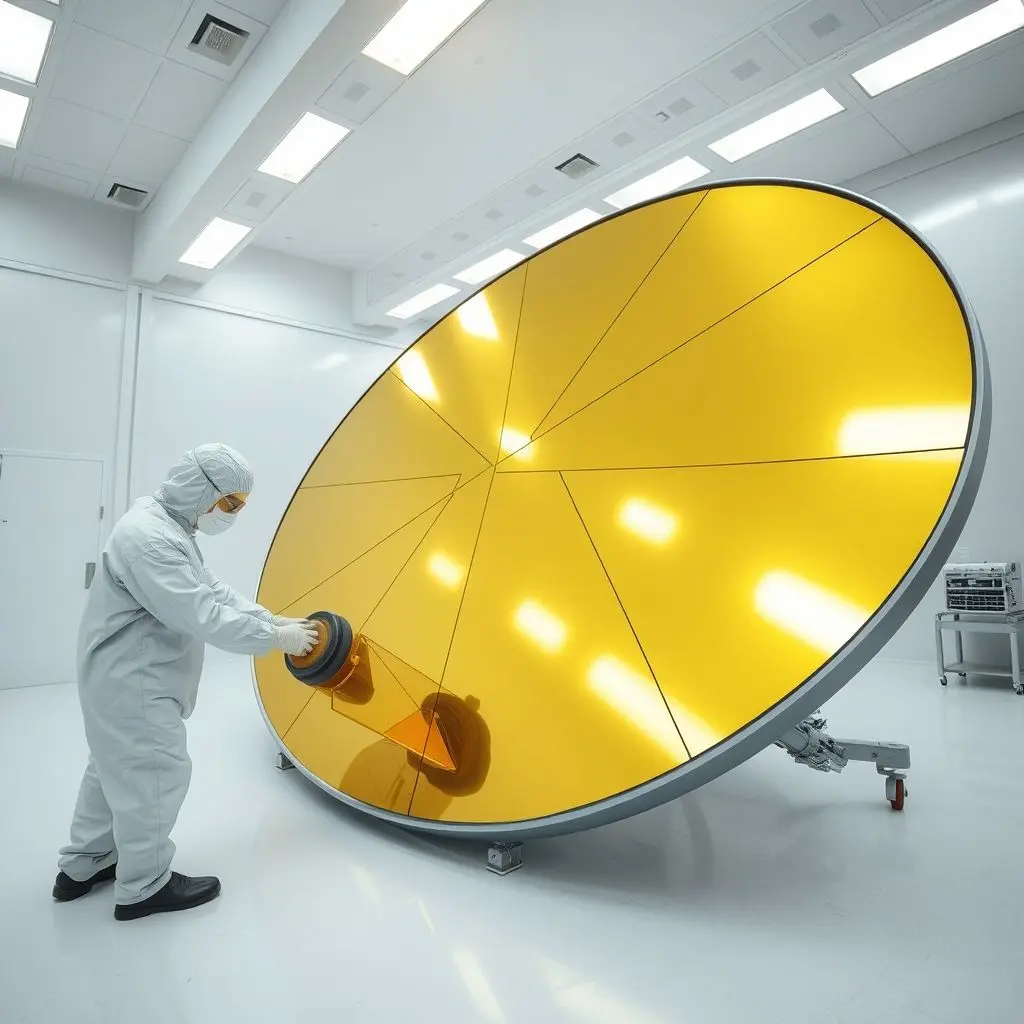
Segmented and Deployable Mirrors
To create mirrors larger than any rocket fairing, engineers developed segmented mirrors. JWST’s primary mirror is made of 18 hexagonal segments. These segments are launched folded up and then carefully unfolded and aligned in space using tiny motors with nanometer precision. This complex deployment sequence was one of Webb’s most nail-biting challenges and a triumph of engineering.
Seeing the Unseen: Advanced Detector Technology
Gathering light is only half the battle; you need instruments sensitive enough to detect it. Space telescope detectors are a marvel of low-noise, high-efficiency technology.
From Visible to Infrared and Beyond
For visible light and ultraviolet observations, Charged Coupled Devices (CCDs), similar to those in digital cameras but much more sensitive and radiation-hardened, are used (like on Hubble). These detectors count individual photons of light.
Infrared light, which allows us to see through dust clouds and observe cooler or very distant objects (whose light is redshifted into the infrared), requires different tech. Materials like Mercury Cadmium Telluride (HgCdTe) are commonly used. These detectors convert infrared photons into electrical signals. To work effectively, they must be kept extremely cold to prevent their own heat from overwhelming the faint infrared signals they are trying to detect.
For far-infrared and submillimeter wavelengths (which detect even colder phenomena), different types of detectors, often based on bolometers (which measure the tiny temperature increase caused by incoming radiation), are employed. The Herschel Space Observatory used bolometer arrays cooled to fractions of a degree above absolute zero.
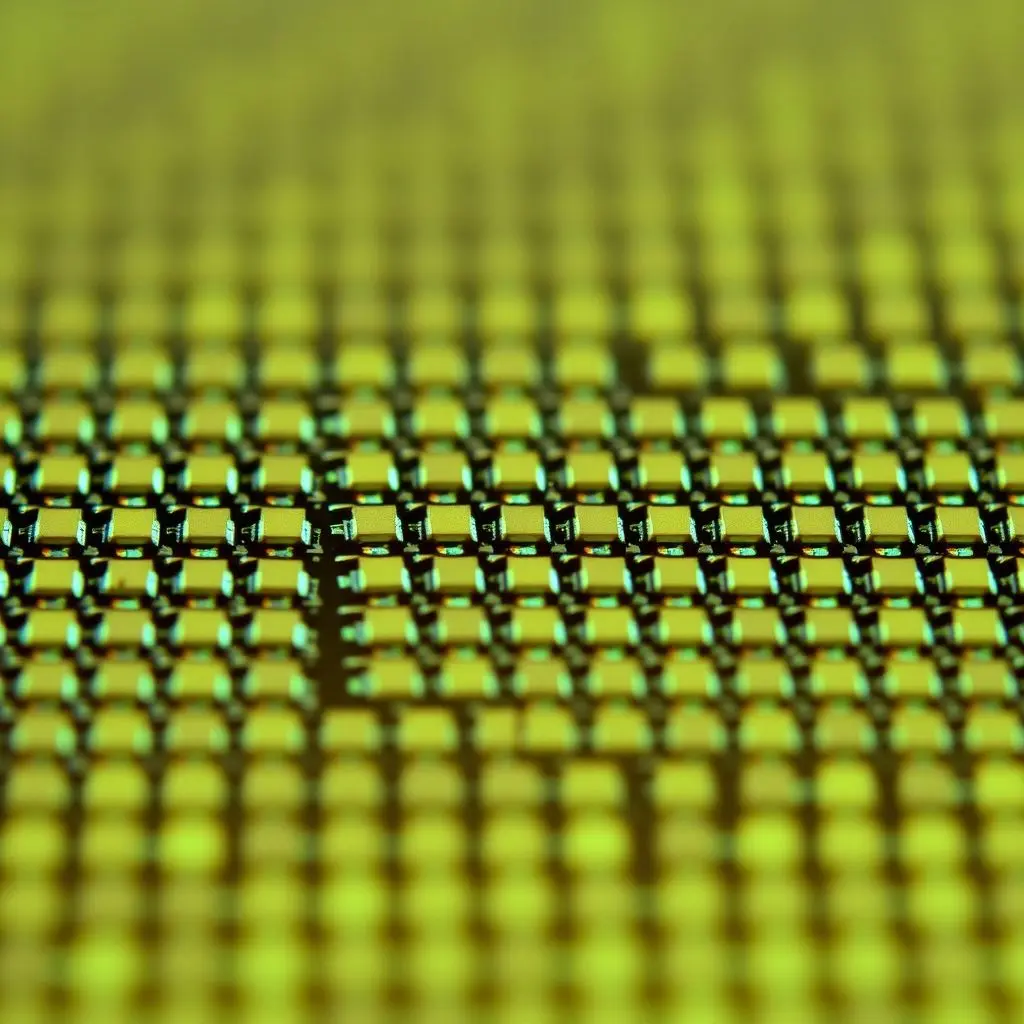
Sensitivity and Noise Reduction
Detectors in space must contend with cosmic rays and other radiation, which can create spurious signals (noise). Significant effort goes into shielding and noise reduction techniques, allowing telescopes to capture incredibly faint light over long exposure times.
Chill Out: The World of Cryogenics in Space
As mentioned, especially for infrared observations, instruments need to be frigid. This isn’t just a little bit cold; we’re talking temperatures sometimes just a few degrees or even fractions of a degree above absolute zero (-273.15°C or 0 Kelvin).
Why So Cold?
Everything that has a temperature above absolute zero emits infrared radiation. If the telescope’s instruments are warm, they will emit their own infrared light, completely swamping the faint signals coming from distant cosmic sources. Cooling the instruments reduces this thermal noise to negligible levels.
Passive and Active Cooling
Passive cooling is the first line of defense. This involves orienting the telescope and using multi-layered insulation blankets (MLI) to block heat from the Sun, Earth, and the spacecraft’s own electronics. JWST’s famous five-layer sunshield is the ultimate example of passive cooling, creating a vast temperature difference between its hot, sun-facing side and its cold, instrument side.
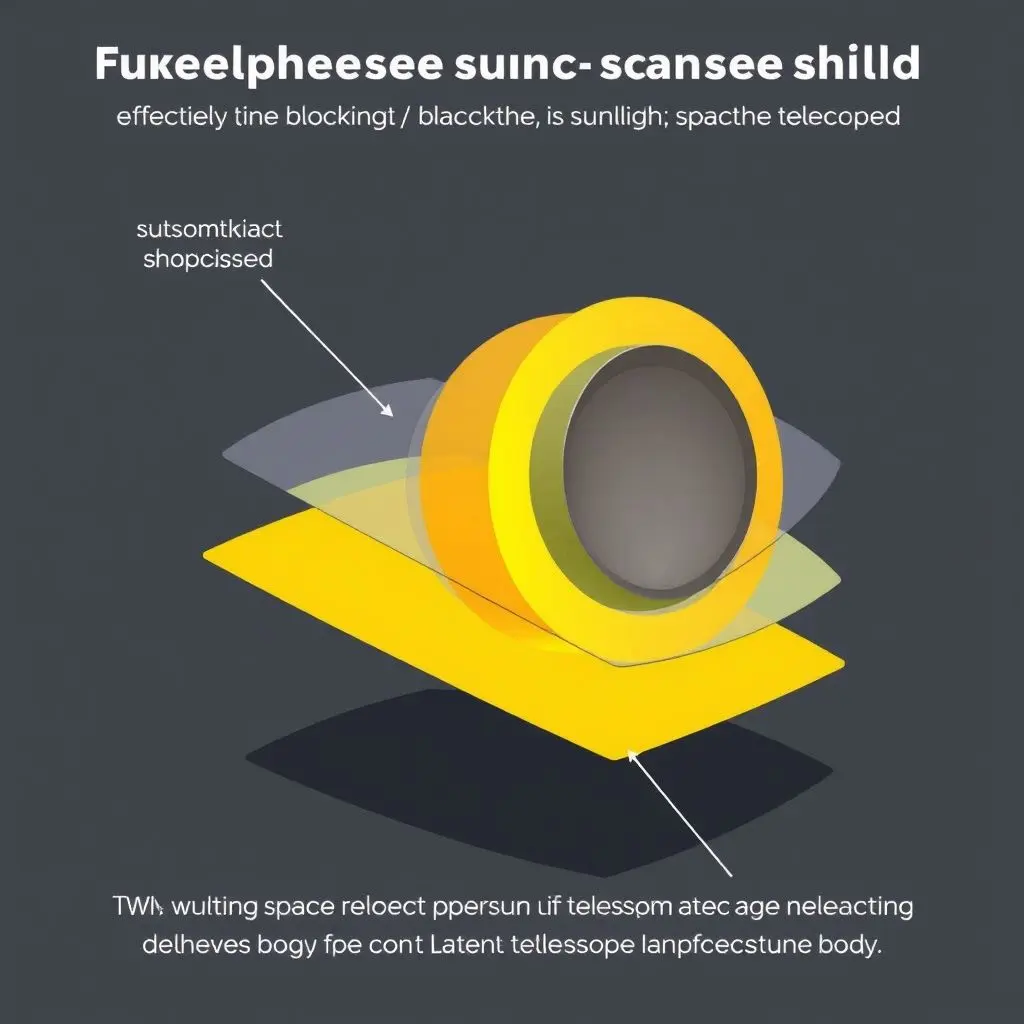
For instruments needing to be even colder than passive cooling alone can achieve, active cooling is necessary. Historically, this involved carrying cryogens like liquid helium (as Spitzer and Herschel did). As the helium boiled off, it carried heat away. However, this limits the mission lifetime to how much cryogen can be carried.
Modern telescopes increasingly rely on mechanical cryocoolers. These are essentially refrigerators in space, using various thermodynamic cycles (like the Stirling cycle or pulse tube coolers) to continuously pump heat away from the instruments and radiate it into space. While complex and requiring power, cryocoolers allow for much longer mission durations.
Beyond the Core: More Essential Tech
Building a space telescope involves mastering many other technological domains:
- Structures and Materials: Lightweight yet incredibly strong composite materials and careful structural design are needed to withstand the violent vibrations of launch and maintain precise alignment in space. Deployable structures, like antennas and solar panels, add another layer of complexity.
- Power Systems: Solar panels are common for telescopes closer to the Sun (like Hubble, Roman, Euclid). For deep space missions (like the Voyagers or potentially future outer planet telescopes), radioisotope thermoelectric generators (RTGs) might be used, converting heat from radioactive decay into electricity.
- Communications: Transmitting vast amounts of data gathered by sensitive detectors from millions or billions of miles away requires sophisticated high-gain antennas and reliance on networks like NASA’s Deep Space Network.
- Attitude Control and Pointing: To stare at a distant star or galaxy for hours, the telescope needs to be incredibly stable and precisely pointed. This is achieved using reaction wheels (spinning flywheels to control orientation), star trackers (cameras that identify constellations to know where the telescope is pointing), and fine guidance sensors that lock onto specific guide stars.
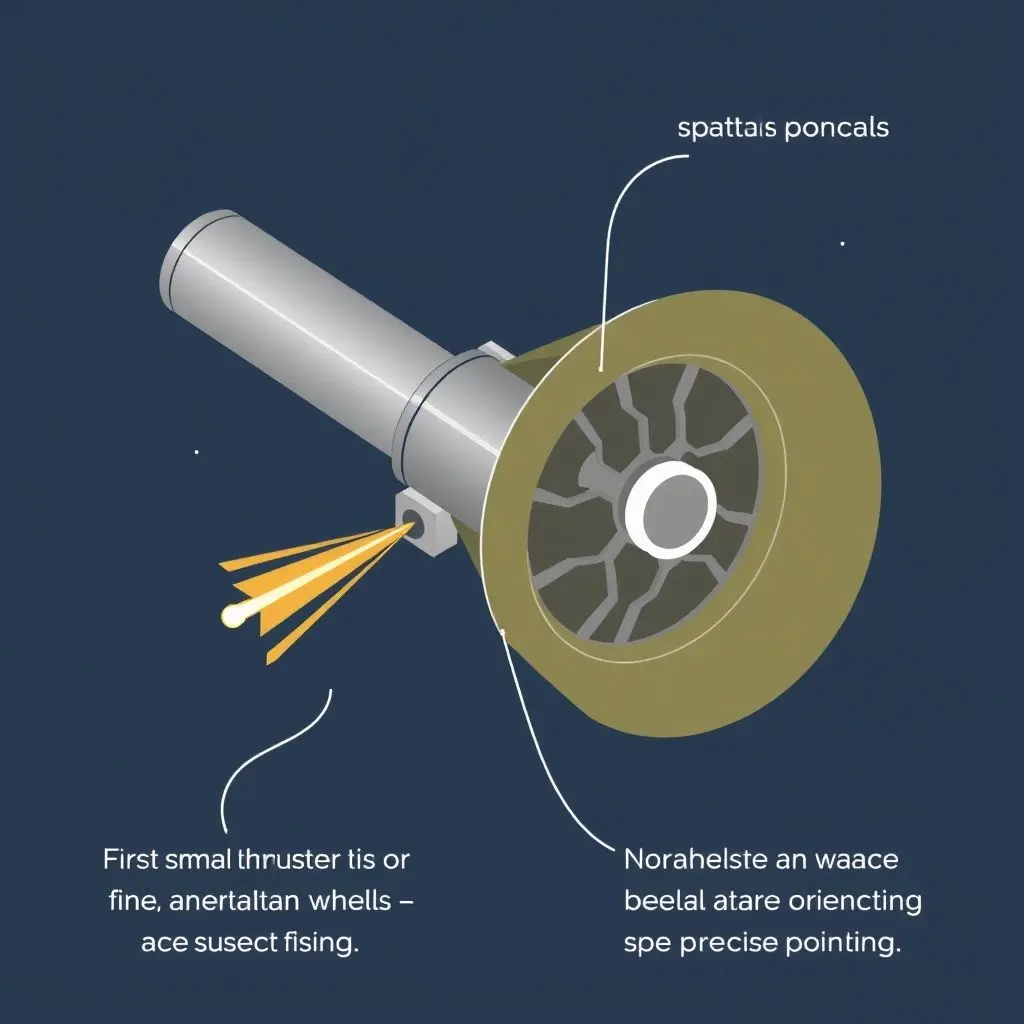
Stepping Stones to the Cosmos: Telescopes Beyond Webb
While JWST is currently the star, it stands on the shoulders of giants and is paving the way for future instruments, each with its own technological focus:
- Hubble Space Telescope: A testament to longevity and on-orbit servicing. Its success spurred development in optics, detectors, and servicing robotics.
- Spitzer Space Telescope: An infrared pioneer that relied on liquid helium cryogens, demonstrating the power of infrared astronomy before Webb. Its technological legacy informed JWST’s design.
- Herschel Space Observatory: Operated in the far-infrared and submillimeter, pushing the limits of detector technology and cryogenics with temperatures near absolute zero.
- Euclid: Launched recently, this mission is mapping the large-scale structure of the universe in visible and near-infrared light, relying on highly stable pointing and wide-field optics to cover vast areas of the sky.
- Nancy Grace Roman Space Telescope (under development): Will feature a much wider field of view than Hubble or Webb at similar resolution, requiring large, wide-field detectors and optics technology for surveying large swathes of the sky efficiently.
Future concepts like LUVOIR (Large Ultraviolet Optical Infrared Surveyor) envision much larger, potentially assembled-in-space telescopes, demanding breakthroughs in modular construction, in-space assembly, and active optics (mirrors that can change shape). LISA (Laser Interferometer Space Antenna) will use lasers bouncing between spacecraft separated by millions of kilometers to detect gravitational waves, a completely different kind of technology for observing the universe.
The Road Ahead: Challenges and Limitless Possibilities
Building these cosmic eyes is fraught with challenges – immense cost, the perfection required for instruments that cannot be easily fixed once launched, the harsh environment of space (radiation, extreme temperatures), and the sheer complexity of integrating so many cutting-edge systems.
Yet, the drive for discovery pushes engineers and scientists to continually innovate. The technology developed for space telescopes often finds applications back on Earth, from medical imaging to materials science.
The next generation of space telescopes will push boundaries even further, potentially using new detector types, exploring different wavelengths, employing interferometry (combining light from multiple spacecraft or mirror segments to achieve even higher resolution), and venturing to new orbital locations.
FAQs: Your Questions About Space Telescope Tech Answered
Q: How long does it take to build a space telescope?
A: It takes many years, often decades, from concept to launch. Missions like JWST required over 20 years of development due to their complexity and cutting-edge technology.
Q: Can space telescopes be repaired in space?
A: It’s extremely difficult and expensive. Hubble was unique because it was designed with servicing missions in mind and is in a relatively low orbit accessible by the Space Shuttle. Most modern telescopes, especially those in distant orbits like L2 (where JWST is), are not designed for repair.
Q: How do they get power so far from Earth?
A: For telescopes closer to the Sun, large solar arrays provide power. For deep space missions, or those needing constant power regardless of sunlight, Radioisotope Thermoelectric Generators (RTGs) are sometimes used, converting heat from the decay of a radioactive material into electricity. However, most current large observatories rely on solar power.
Q: How do they send images back to Earth?
A: They use powerful radio transmitters and high-gain antennas to beam data towards Earth. Ground station networks, like NASA’s Deep Space Network, have large dishes to receive these faint signals.
Q: What’s the coldest part of a space telescope?
A: This is typically the detectors or instruments designed to observe in the far-infrared or submillimeter wavelengths. Some instruments are cooled to just a few degrees above absolute zero using a combination of passive cooling, cryocoolers, and sometimes residual cryogens.
A Legacy of Ingenuity
Looking up at the night sky, or viewing the stunning images sent back by missions like Hubble, Spitzer, and Webb, it’s easy to focus on the breathtaking science. But behind every discovery lies an incredible story of human ingenuity – the development of materials stronger and lighter than ever before, detectors sensitive to the faintest whispers of light, cooling systems colder than the void itself, and structures that can fold up for launch and unfold perfectly millions of miles away.
This is the true magic of space telescopes: the relentless pursuit of knowledge, powered by technological innovation that allows us to turn impossible ideas into reality and catch glimpses of the universe’s most profound secrets.
